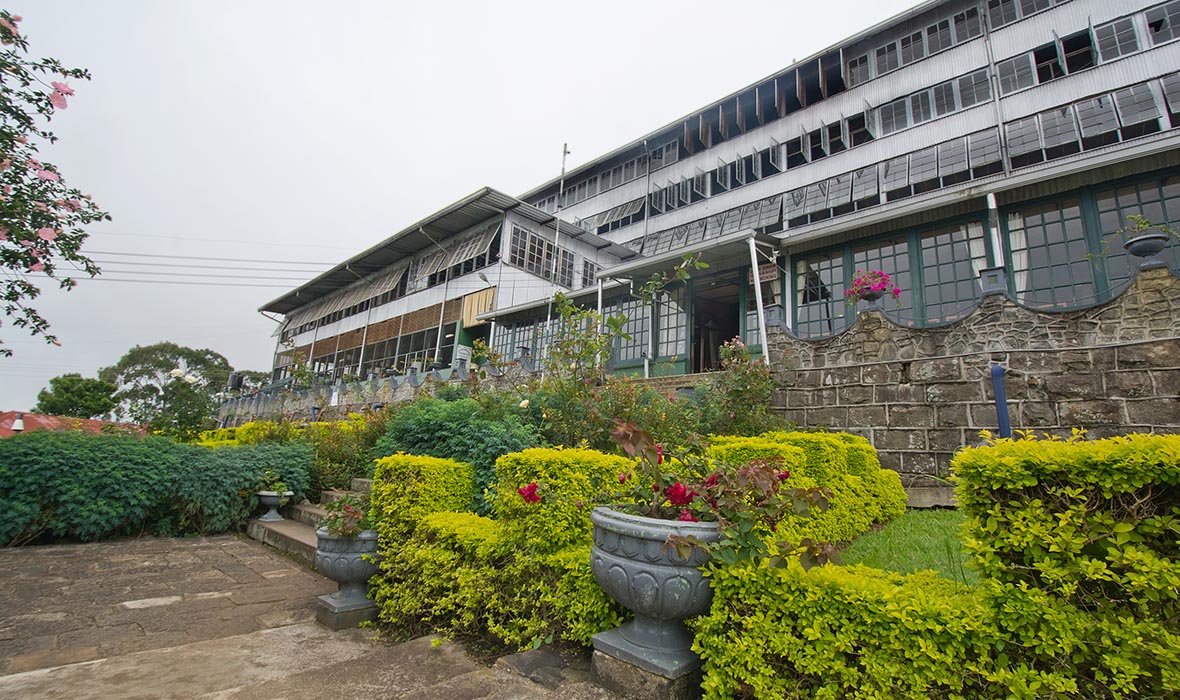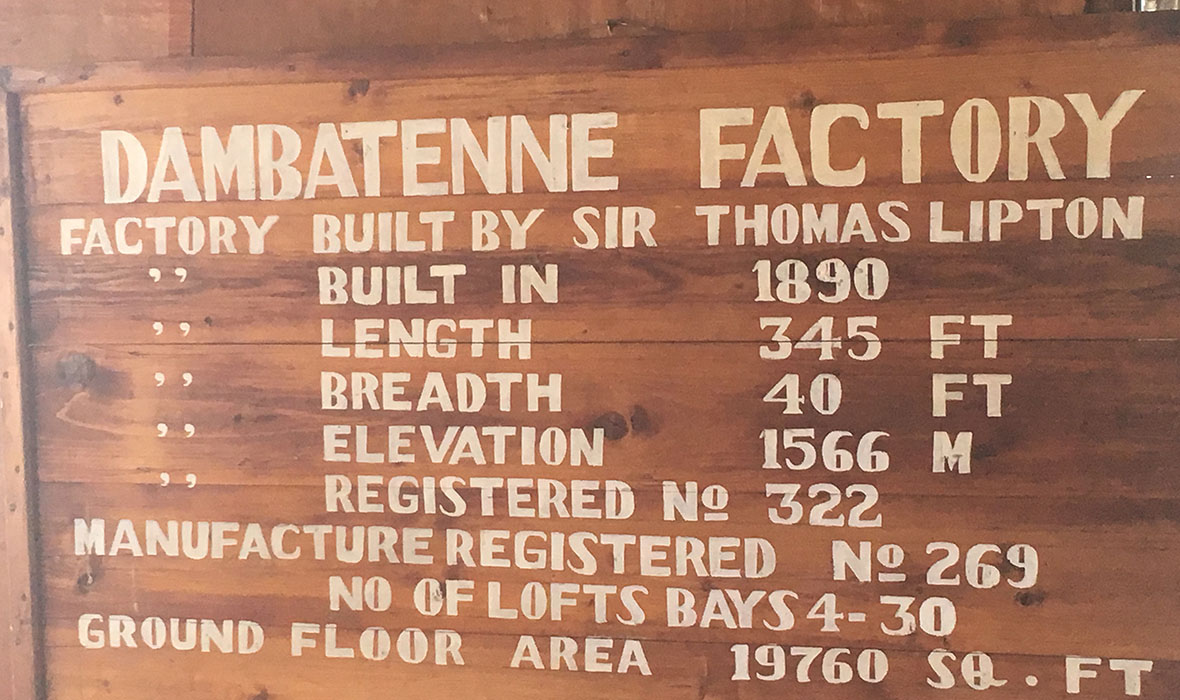WRITTEN BY
Jeremiah Jenne
PUBLISHED
September 25, 2017
LOCATION
Sri Lanka
The tea fields of central Sri Lanka are a long way from Scotland, but both share a rugged beauty, sometimes obscured with mist, at once giving way to views which sweep down into deep, green valleys.
Little wonder then that a Glaswegian grocery magnate would choose this spot – central Sri Lanka’s Dambatenne – upon which to build his empire of tea.
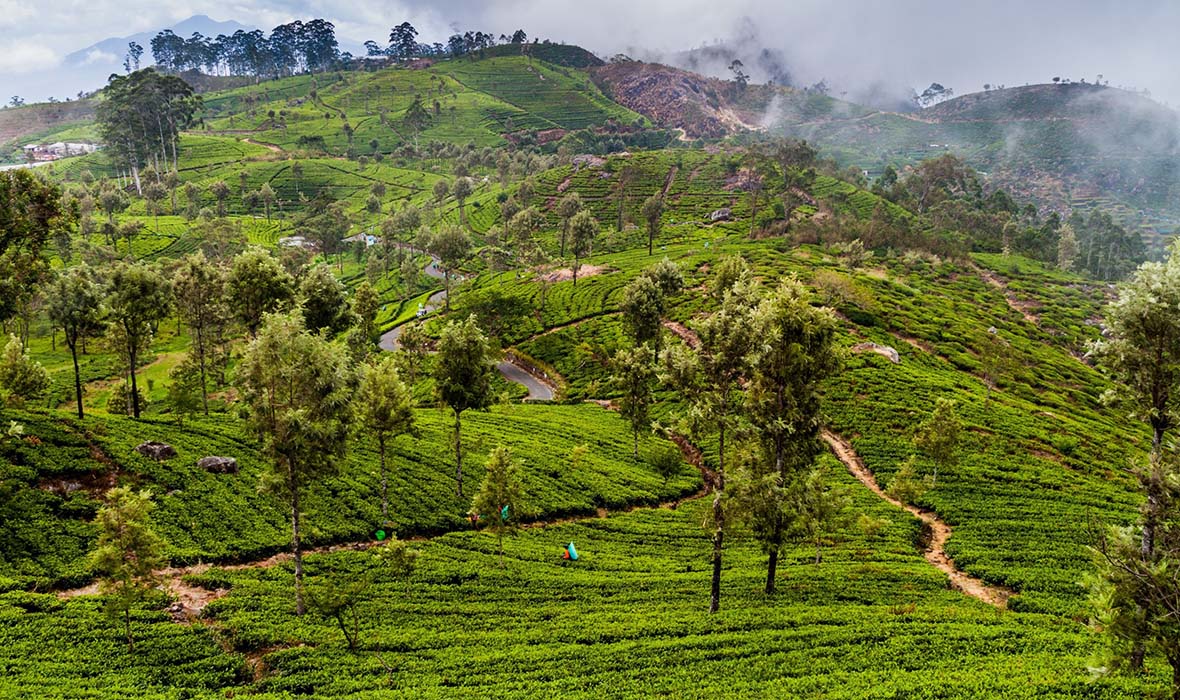
ABOVE: The tea fields of Dambatenne, the foundation of Tommy Lipton’s 19th-century empire.
Lipton was already a millionaire when he first set foot in what was then Ceylon. The Scottish-born son of a family who had left Ulster after the potato famine of 1845, Tommy Lipton had traveled to America and back by the time he was in his early-20s.
By the age of 40, he had a chain of 300 provisions shops across Great Britain selling bacon, butter, eggs, and tea. By the end of the 19th century, drinking tea had moved down market. Where once it had been a fad of the leisure classes, now even working class blokes and their wives were eager to enjoy a nice cup. The problem was that the tea sold in England in Lipton’s time was often either exorbitantly expensive or horribly inconsistent.
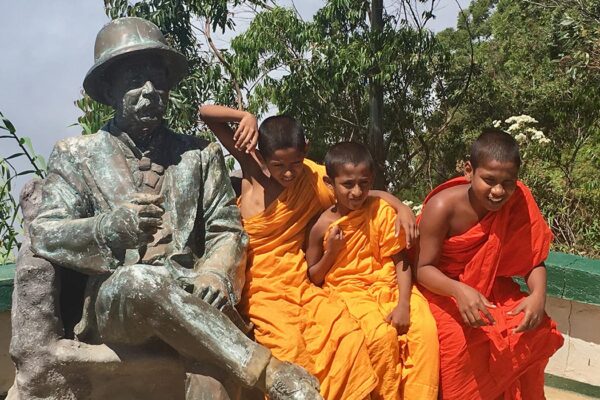
ABOVE: Children play at Lipton’s seat outside Haputale in Sri Lanka, a viewpoint from which Lipton himself used to admire his tea fields.
Lipton wanted to change all that. He thought he could cut the price of tea by eliminating the middlemen, the London tea brokers who controlled prices. Moreover, he wanted to control all aspects of production and sale to ensure that his tea maintained a consistent level of quality. It didn’t need to be the best tea in the world, but it needed taste the same every time you poured a cup.
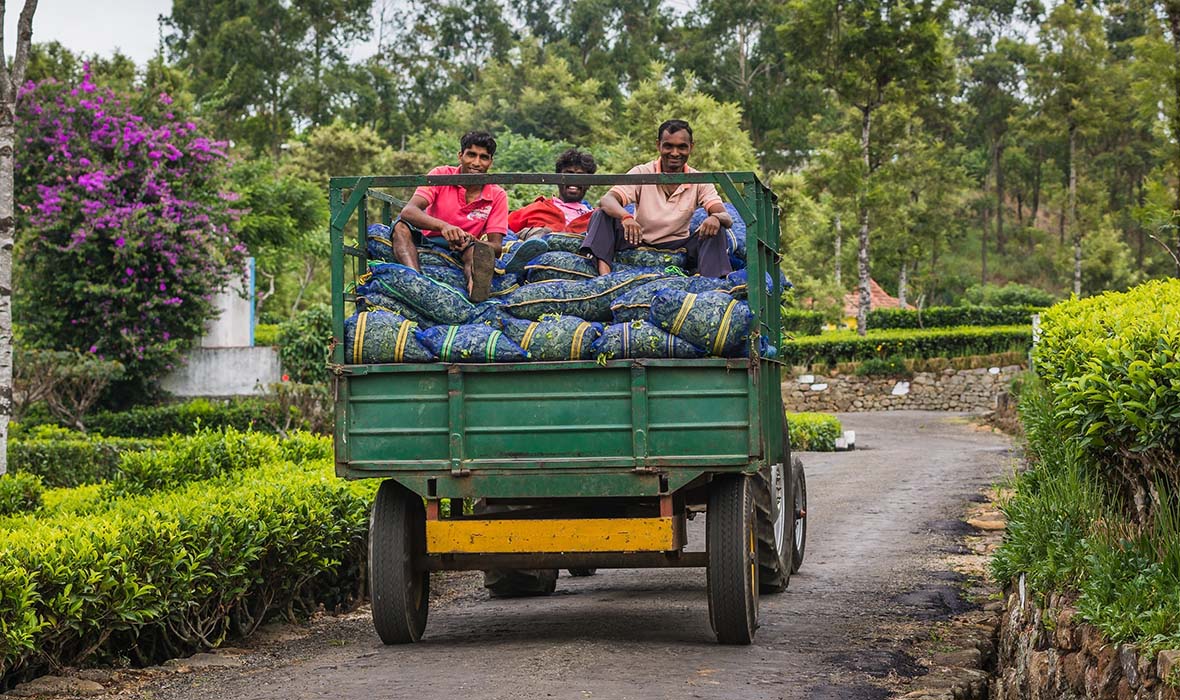
ABOVE: Workers sit on tea leaves in the back of a truck on the Lipton Tea Plantation.
But to do this, Lipton would need to go the source and grow his own tea leaves for the market.
In 1890, Lipton took an ocean voyage to Australia, but on the way, he stopped off at the port of Colombo in British Ceylon.
The tea industry was still in its early years in Ceylon when Lipton arrived on the island. Originally, the hillsides and valleys of the central highlands had been used for coffee plantations, but beginning in 1869, just around the time Lipton opened his first provision shop in Glasgow, an outbreak of the fungus Hemelia vasatrix began its decimation of the Ceylonese coffee industry. Within 15 years, the fungus had wiped out coffee cultivation on Ceylon.

ABOVE: Tea leaves in Dambatenne before cultivation.
Lipton bought up plantations all over the central highlands, but his favorite would always be Dambatenne. Here Lipton built a factory that processed the leaves and, in another significant innovation in the marketing of tea, created a standardized process to transform the freshly-picked leaves and convert them into pre-measured packets of consistent quality. Lipton’s Yellow Label Tea was born.
ABOVE: The Dambatenne tea factory was built in 1890.
Lipton also had a bungalow at Dambatenne, and on the crest of a ridge, nearly 2,000 meters above sea level, was Lipton’s Seat. From this vantage point, he could survey the fields, the factory, worker’s shanties, the bungalows of the managers and supervisors and dream of how much money could be made from each perfectly wrapped package of Lipton’s tea.
Visitors to Dambatenne can share Lipton’s lofty vision from his hilltop perch as well as enjoy glimpses of the life of a tea planter. Several of the old bungalows have been converted into hotels, including the Thotalagala, a colonial-style, seven-room boutique hotel with original 19th-century furnishings, a cigar room, parlor, and rolling lawn which leads away from the house and down toward a brand-new infinity pool and stunning views of the surrounding tea fields.
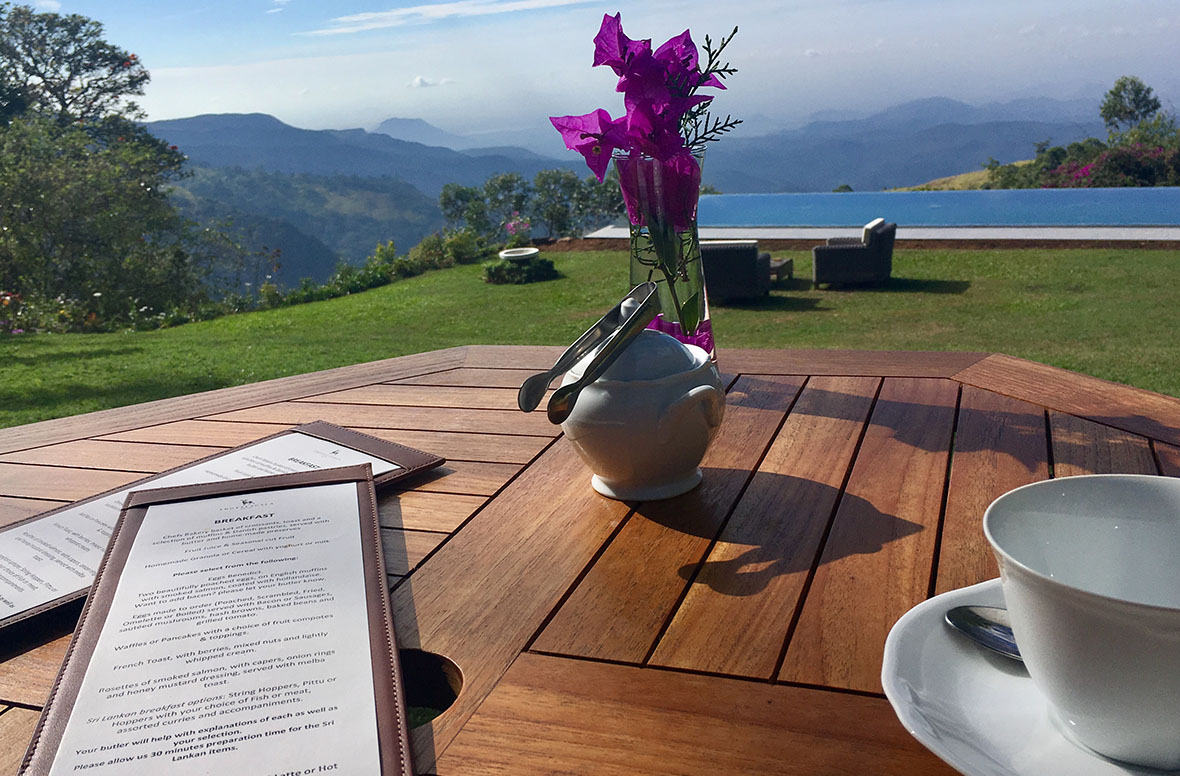
ABOVE: Thotalagala, a colonial-style, seven-room boutique hotel.
The hotel can also arrange free passes to visit both Lipton’s Seat and the factory as well as tuk-tuk service from the hotel all the way up the mountain. It’s about a 7-kilometer walk uphill. Highly recommended is taking the tuk-tuk or car up to Lipton’s Seat and then enjoy the beautiful scenery while hiking downhill at a leisurely pace to the factory at the bottom of the road. Walking down from Lipton’s seat takes about 2 to 3 hours depending on how many times you stop to take pictures.
The factory continues to use the same processes (with much of the same equipment) as in Lipton’s time. It’s throwback industrial tourism with a factory floor that dates to 1893.
Dambatenne Plantation is located between Haputale and the town of Ella, not far from Horton Plains National Park in the center of Sri Lanka. It’s a windy four- or five-hour ride from Kandy with great views that you can enjoy while you white knuckle the headrest in front of you.



